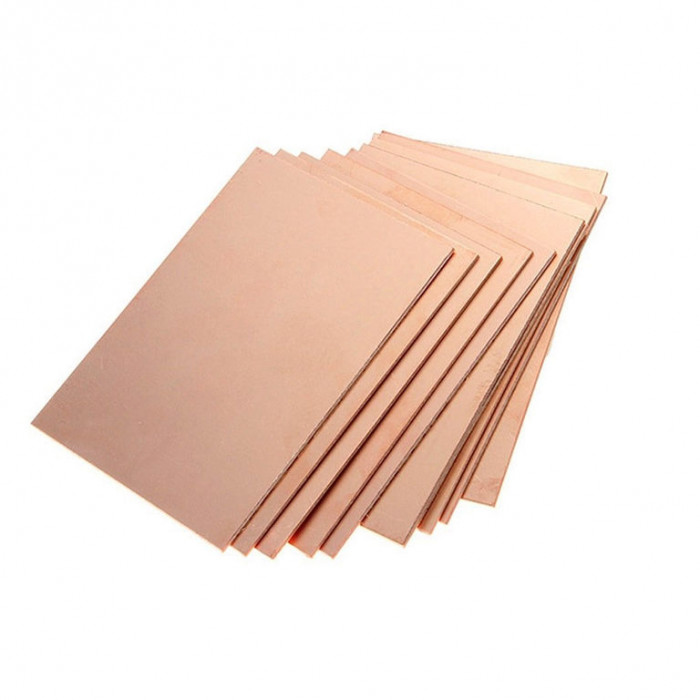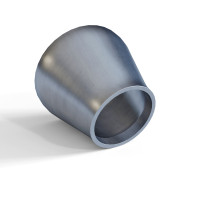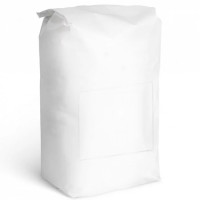Nizhyn vinyl plastic sheet, getinax, ABS plastic, varnished cloth, acrylic rod (rod), polyacetal
Viniplast is a rigid thermoplastic opaque plasticizer-free plastic mass based on polyvinyl chloride and perchlorovinyl resin, which also contains thermal, light stabilizers and antioxidants (preventing the destruction of the material during processing and operation), lubricants (facilitating its processing and processing), pigments or dyes ( for colored products). It is a polymer product.
Another name is unplasticized polyvinyl chloride (UPVC).
To improve the performance properties and reduce the cost, up to 35% (by weight of the polymer) of modifiers (chlorinated polyethylene, rubbers), up to 20% of fillers (chalk, soot, aerosil) and up to 10% of plasticizers are introduced into the vinyl plastic composition.
Viniplast can be glued to concrete, wood and metal surfaces.
Properties
Viniplast is non-flammable and odorless. In addition, vinyl plastic lends itself well to various types of mechanical processing. Viniplast is easily welded at a temperature of 230-250 degrees Celsius using a welding rod and sticks well with various types of glue prepared on the basis of polyvinyl chloride and perchlorovinyl resin. It should be noted that welded and adhesive joints, the strength of which is 80–90% of the strength of the material, are well amenable to mechanical processing.
Viniplast is a good dielectric when operating products within +20 ... +80 degrees Celsius, but it should be borne in mind that when a vinyl plastic product is heated above +80 degrees Celsius, a sharp drop in dielectric properties occurs. Viniplast is resistant to acids, alkalis and aliphatic hydrocarbons, but unstable to aromatic and chlorinated hydrocarbons.
Manufacturing
Viniplast is obtained by mixing components in high-speed mixers, followed by processing of the dry mixture on rollers or in extruders, sometimes with its preliminary granulation.
It is processed into products by extrusion, pressing and injection molding.
Methods for processing vinyl plastic depend on the type of product being produced:
film vinyl plastic is obtained by rolling (calendering) vinyl plastic mass;
smooth vinyl plastic sheets - by pressing packages assembled from vinyl plastic film and extrusion;
small vinyl plastic products of various profiles - by injection molding from granules on injection machines, as well as by pressing tablets or a powder mixture;
vinyl plastic pipes, profiled products and corrugated vinyl plastic sheets - by extrusion from granules;
large vinyl products of complex configuration - vacuum forming from sheets on molding machines.
Application
It is used for the manufacture of pipelines, containers, sheets, profiles in construction, chemical engineering, etc.
Since vinyl plastic has good bending strength and elasticity, fishermen sometimes make the upper parts of spinning rods (whips) and winter jig rods from it using a handicraft method. With appropriate processing, such parts allow a bend of more than 45 degrees.
Production of PVC-U and its products
Viniplast has another name - unplasticized polyvinyl chloride, or NPVC for short. It is based on polyvinyl chloride, but other substances are also introduced into the composition, designed to stabilize the material and make it more stable, as well as lubricating components that facilitate its processing and processing. Sometimes, in order to reduce the price of products, various inexpensive fillers are introduced into the vinyl plastic composition - they not only make the product cheaper, but also give it new technical characteristics.
There are not only products (blanks) made of vinyl plastic on the market - such as sheet vinyl plastic, pipes of various diameters and types, profiles and panels - but also raw materials in the form of granules, tablets or powder.
See also: shovel handle diameter
Sheet vinyl plastic is the most common form of production of this material, since it can be given almost any desired shape. A vinyl plastic sheet can be exposed to high temperatures, when bonded with compounds based on polyvinyl chloride or perchlorovinyl resin, the bond strength reaches 80–90%, which is considered very reliable. In addition, vinyl plastic is easily glued to concrete, wood and any metal.
Sheet vinyl plastic is made from a thin vinyl plastic film by pressing or extrusion (forcing a viscous material through a mold). The extrusion method produces not only sheets, but also pipes. If it is required to obtain a product of complex shape, the vacuum forming method is used. Small parts of complex shape are also obtained by casting.
As a rule, vinyl plastic is produced in rectangular sheets of different sizes, from 50 cm to 130 cm wide and from 130 cm to 200 cm in length. The surface of a sheet of high-quality vinyl plastic has no foreign inclusions, no bulges or irregularities, no shells. Metal inclusions, uneven edges or curved cuts are not allowed.
INsale can be found:
pressed sheets of vinyl plastic with a thickness of up to 40 mm (marked as VN, such sheets can be of almost any size, the technology allows this);
thin sheets of extruded vinyl plastic up to 10 mm thick (marked as VNE);
very thin vinyl plastic sheets with a thickness of 1.5–3.0 mm, used primarily for decorative purposes (marked as VD).
The use of vinyl plastic
The scope of vinyl plastic is very wide. Pipes are made from it, including for technical pipelines, sewer networks and water supply systems.
A sheath for cables is made from vinyl plastic, technical boxes for engineering communications, barrels, containers for storing various liquids (including aggressive ones), decorative panels and profiles, and interior lining for cars are made from it. Often you can find packaging made of vinyl plastic.
Due to its technical characteristics, sheet vinyl plastic, like other varieties of this material, is widely used in the construction and chemical industries. Polymer is used to make special containers for working with persistent acids and concentrated alkaline solutions. From the sheets, durable and aesthetic facing decorative panels are obtained. In the domestic sphere, it is worth noting the widespread use of sheet vinyl plastic for the manufacture of domestic aquariums, with a capacity of 300 liters to a ton with a transparent plexiglass front panel. It is due to non-toxicity, good tensile strength and deformation at room temperature that the material is able to withstand high water pressure. Viniplast is a large rigid plate based on polyvinyl chloride and other impurities. This material lends itself well to mechanical processing, it is easy to saw and glue. It can be welded at temperatures from two hundred and thirty to two hundred and fifty degrees Celsius. This material is used as a good dielectric when working at temperatures from twenty to eighty degrees Celsius. Viniplast is also made in the form of pipes that are used for pipelines. Viniplast in the form of sheets is made in sizes from fifty to one hundred and thirty centimeters in width and from one hundred and thirty to two hundred centimeters in length. Plastic barrels for storing aggressive liquids and plain water are made of this material. And also aquariums with a volume of three hundred to a thousand liters. The front glass of such aquariums is made transparent. Beautiful facing materials are made of vinyl plastic for construction sites. The interior trim inside passenger cars is also partially made of vinyl plastic. In electrical engineering, it is used for cable sheathing and material for making technical boxes. Vinyl sheets are manufactured in factories by extrusion and pressing. The surface of the finished sheet should be smooth, without scratches and holes. The edges of the sheet should be straight, without chips. The presence of foreign impurities is not allowed. The thickness of the sheets can be from one and a half to forty millimeters. This material can be easily glued to concrete and wood and a variety of metals. Fishermen can make the upper parts of fishing rods for winter fishing from this material, due to its flexibility. When this material is heated above eighty degrees Celsius, it sharply loses its dielectric properties. This should be taken into account when using this material in electrical engineering. Vinyl plastic is extremely resistant to aggressive chemicals. Plastic pipes are made from it, which replace metal pipes inside private houses and apartments. Sheets and pipes can be made in different colors: orange, pale pink and in other, very different shades and colors.
No questions about this product, be the first and ask your question.



